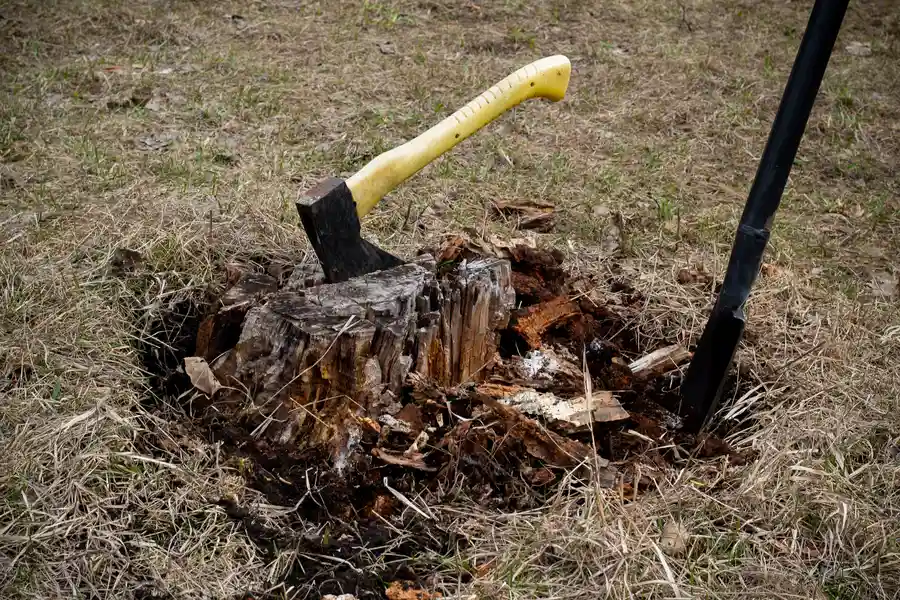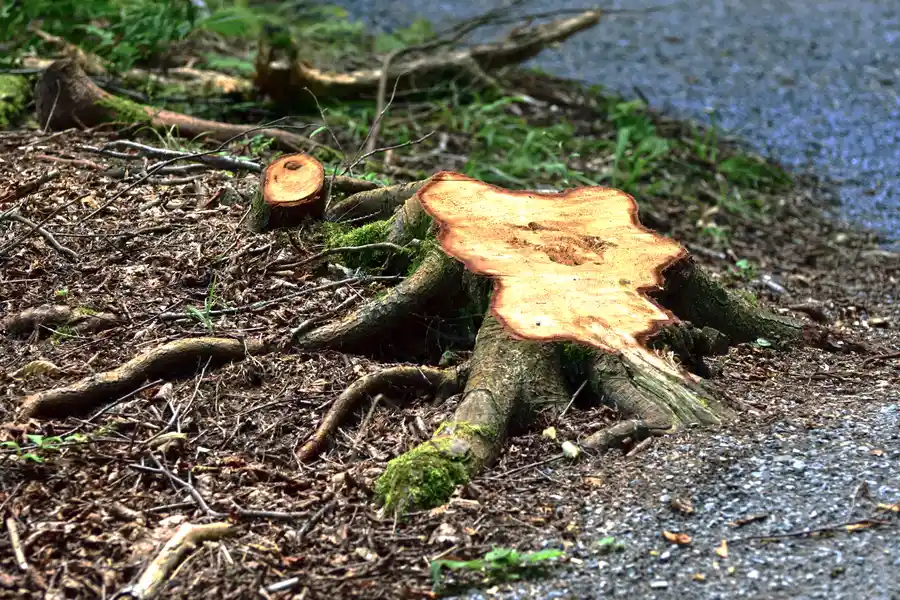The Impact of Removing Stumps on Tree Growth
Have you ever noticed sprouts growing from a tree stump in your yard? This isn’t just an eyesore but a sign that the tree is trying to grow back. When you cut down a tree, the roots don’t immediately die. Instead, they can continue to produce new shoots. This can lead to unwanted regrowth that may cause various issues. To prevent this, proper steps must be taken after cutting down a tree. Understanding how removing stumps helps stop these problems is essential for maintaining a neat and safe landscape.
Why Trees Attempt to Regrow From Stumps
Trees have natural survival instincts. When a tree is cut down, its root system remains alive and tries to sustain itself by sprouting new growth from the stump. This process allows the tree to continue producing food through photosynthesis. Over time, these shoots can develop into mature trees if left unmanaged. Removing stumps halts this cycle and prevents the roots from sending out more shoots.
The Role of Stump Removal in Halting Regrowth
When it comes to preventing unwanted tree regrowth, stump removal plays a crucial role. By removing the stump entirely, you eliminate the root system’s ability to produce new shoots. This means no more saplings popping up unexpectedly around your yard. Additionally, getting rid of the stump reduces competition for resources among other plants in your garden, allowing them to thrive without interference.
Methods Used for Effective Stump Removal
There are several methods available for stump removal, each with its own advantages:
- Grinding: A machine called a stump grinder chips away at the wood until it’s below ground level.
- Chemical Rotting: Chemicals help accelerate the decay of the wood tissue, eventually breaking it down completely.
- Manual Removal: For smaller stumps, digging around and cutting out the roots manually can be effective.
Removing stumps not only stops regeneration but also enhances the overall appearance of your garden.
Challenges Faced With Tree Stumps Left Untreated
If tree stumps are left untreated, they can become home to insects and pests. These critters may find their way into your home or spread to other plants in your garden. Moreover, decaying stumps can create tripping hazards, especially if located in areas where people walk frequently. The presence of old stumps could also affect property value negatively due to aesthetic concerns.
Environmental Benefits of Eliminating Tree Stumps
Besides aiding in landscape maintenance, eliminating tree stumps offers environmental benefits. It helps reduce competition among remaining vegetation by freeing up nutrients and water resources. Furthermore, once a stump is gone, there’s less chance for fungal diseases like honey fungus-known for attacking healthy trees-to spread in your yard.
Cost Considerations When Planning Stump Removal
The cost of removing stumps varies based on factors such as size, location, and method chosen. While professional services might seem pricey initially, consider them an investment in improving both safety and aesthetics. Many companies offer packages combining multiple services which could provide better value over individual treatments.
Concluding Thoughts on Managing Your Landscape
Getting rid of tree stumps is vital for controlling unwanted regrowth and ensuring a tidy outdoor space. By taking action now through efficient methods mentioned above, homeowners can enjoy lush gardens free from unexpected surprises sprouting up here and there. At Victoria Tree Service, we specialize in helping our clients achieve beautiful landscapes by offering expert advice tailored specifically towards their needs. Contact us today at (980) 357-7082 for more information on our services. Our team proudly serves residents across Charlotte, NC, providing quality care every step along the way.

